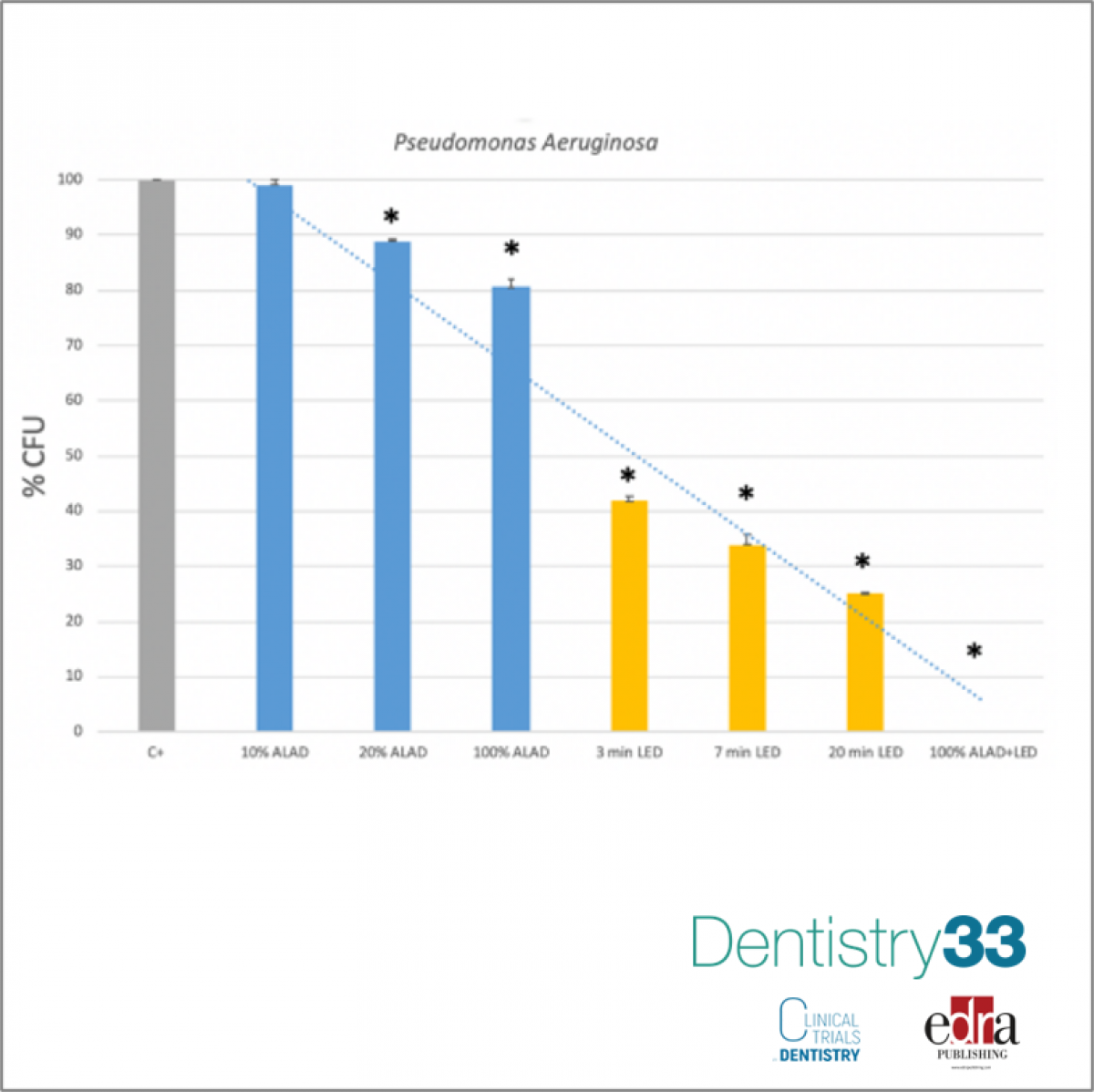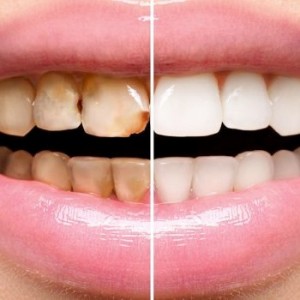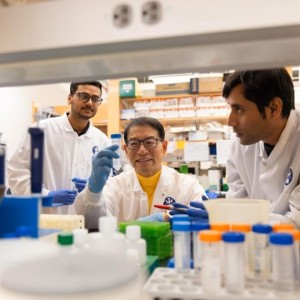
5-aminolevulinic acid and led against peri-implant disease
Authors: Morena Petrini, Matteo Mancini, Giovanna Iezzi, Adriano Piattelli, Emanuela Di Campli, Simonetta D’Ercole
Peri-implant disease includes both a reversible inflammatory process, called peri-mucositis and peri-implantitis, in which progressive reabsorption of the supporting bone causes irreversible effects.
The etiological factors of peri-implant disease follow, in part, those of periodontal pathology. The high presence of biofilm around the implants turns out to be the predisposing factor, but from a microbiological point of view, it is a more heterogeneous and complex infection, consisting mainly of gram-negative bacteria, compared to periodontitis.
Currently, the decontamination and disinfection of the implant surface represent the first treatment step, however, this process is made very difficult, both for the difficulty of accessing the operating field, and for the surface roughness of the implants, and for the resistance by the bacterial biofilm upon penetration by antibiotics.
Due to these factors, the treatment of peri-implant disease still represents a great challenge for the dentist and the study of new technologies is still ongoing in order to find increasingly effective tools.
Among these, the use of light-based devices, such as LEDs or lasers, with or without the additional use of photosensitizers, has shown results that are still controversial, but albeit encouraging.
In particular, previous literature shows us how the association between 5-aminolevulinic acid and red LED light has a high antibacterial effect against gram-positive bacteria. However, the efficacy against gram-negative bacteria, the main actors in the etiology of peri-implant disease, is controversial.
The aim of this study is to evaluate the effect of a new gel containing 5-aminolevulinic acid, ALAD, tested at different concentrations and exposed to different irradiation times of red LED, on Pseudomonas aeruginosa.
P. aeruginosa is a gram-negative bacterium, particularly important for its resistance to antibiotics and, in dentistry, for its frequent association with peri-implantitis.
Pseudomonas aeruginosa was cultivated, in vitro and subjected to different protocols which included: incubation with Aladent gel, ALAD (Aladent, Alphastrumenti, Melzo (MI), Italy) at different concentrations and/or irradiation with red LED light (630 nm). The count of colony-forming bacterial units (CFU / mL) was measured and comparisons were made between the different groups.
1 hour of incubation with ALAD followed by 7 minutes of irradiation with red LED light allowed the total elimination of bacteria. The red LED light irradiation, without adding gel, significantly reduced the bacterial count, compared to the controls.
Even the use of ALAD alone, without irradiation, was able to promote a significant reduction in the bacterial count, proportional to the gel concentration.
In conclusion, we can deduce that the new gel is effective in significantly reducing in vitro gram-negative bacteria such as Pseudomonas aeruginosa. The association of 7 minutes of irradiation with red LED light with the gel allows for the total inactivation of the bacteria.
The combination of ALAD gel and irradiation with red LED light is an additional tool for bacterial inactivation in the treatment of dental implants contaminated and/or affected by mucositis and peri-implantitis.
 Related articles
Related articles
This systematic review aimed to provide an overview of zirconia implants as well as regarding the outcome of the implant-restorative complex in preclinical studies.
Implantology 02 September 2025
Innovation in dentistry: a study on the development of the dental implants industry
Numerous professions face similar technological challenges. In the field of dentistry, specifically, replacing missing teeth has always been a formidable obstacle.
Editorials 07 August 2025
Researchers are developing ‘smart’ implants that would provide a more natural feel while chewing or talking
Implantology 25 July 2025
Background: Cytokine–microbiology–virology monitoring after implant placement may help to develop profiles of variables that can help to explain interaction between the immune system and alveolar...
Products 04 July 2025
VideaHealth, the leader in AI-powered dental solutions, today announced the launch of its Aligner and Implant Recommendations, OrthoAI and ImplantAI—a new enhancement to its VideaAI platform that...
 Read more
Read more
Editorials 10 October 2025
With proud smiles and crisp white coats, ninety-three learners from the DDS Class of 2029 and the International Dentist Pathway Class of 2028 marked the start of their dental careers at the UCSF...
Periodontology 10 October 2025
Continuous professional development (CPD) in Periodontology refers to the overall framework of opportunities that facilitate a life-long learning practice, driven by the learner-practitioner and...
TheraBreath, the #1 alcohol-free mouthwash brand in the U.S.*, has introduced a new line of dentist-formulated, clinically tested toothpastes designed to support professional oral care...
News 10 October 2025
New officers and trustees were installed at the Minnesota Dental Association’s Leadership Conference on September 19 in Minneapolis.
News 10 October 2025
Smartee Denti-Technology today announced that Professor Gang Shen, its Chief Scientist and Executive President of TaiKang ByBo Dental, has once again been named to the World’s Top 2% Scientists...















